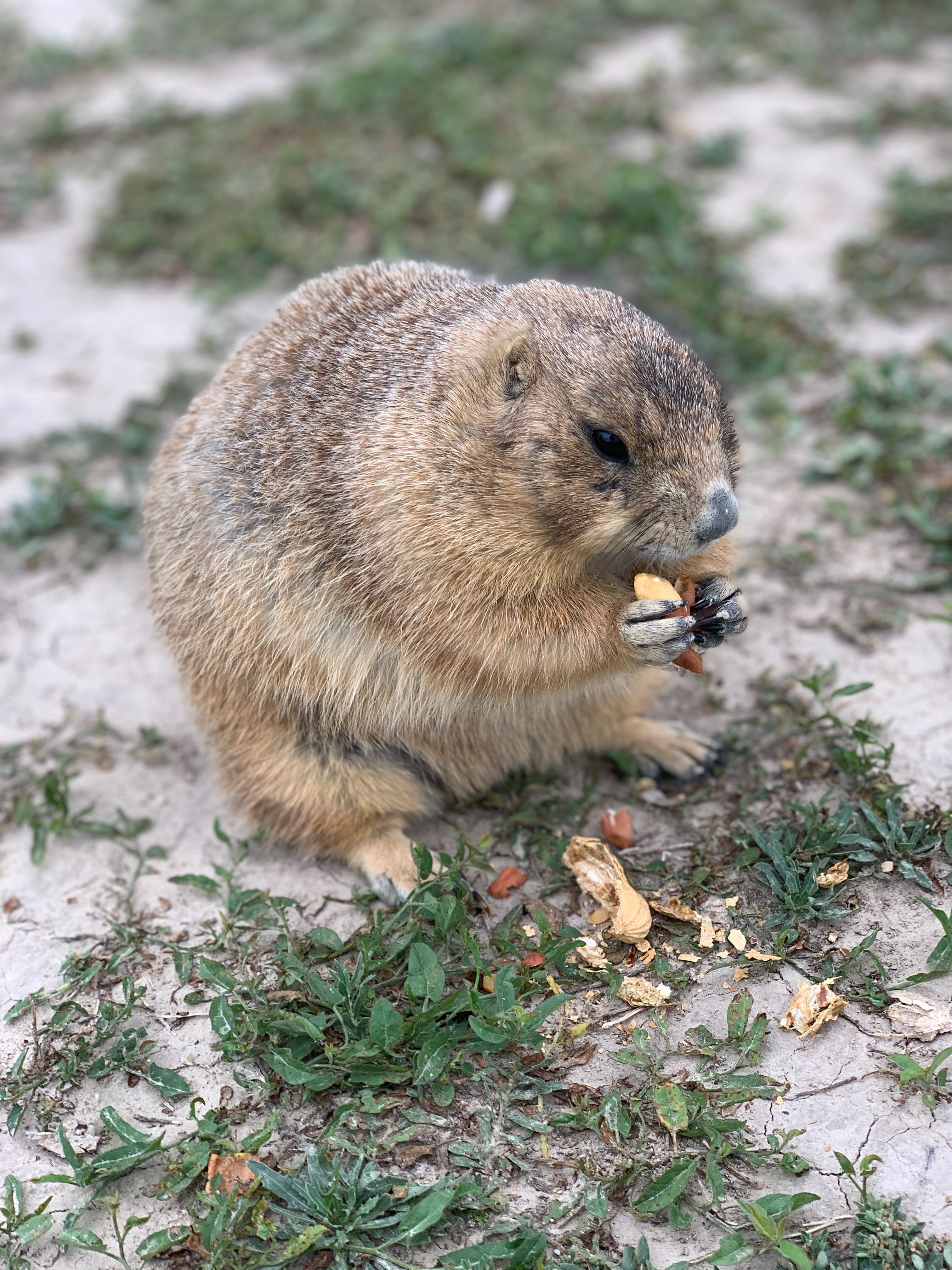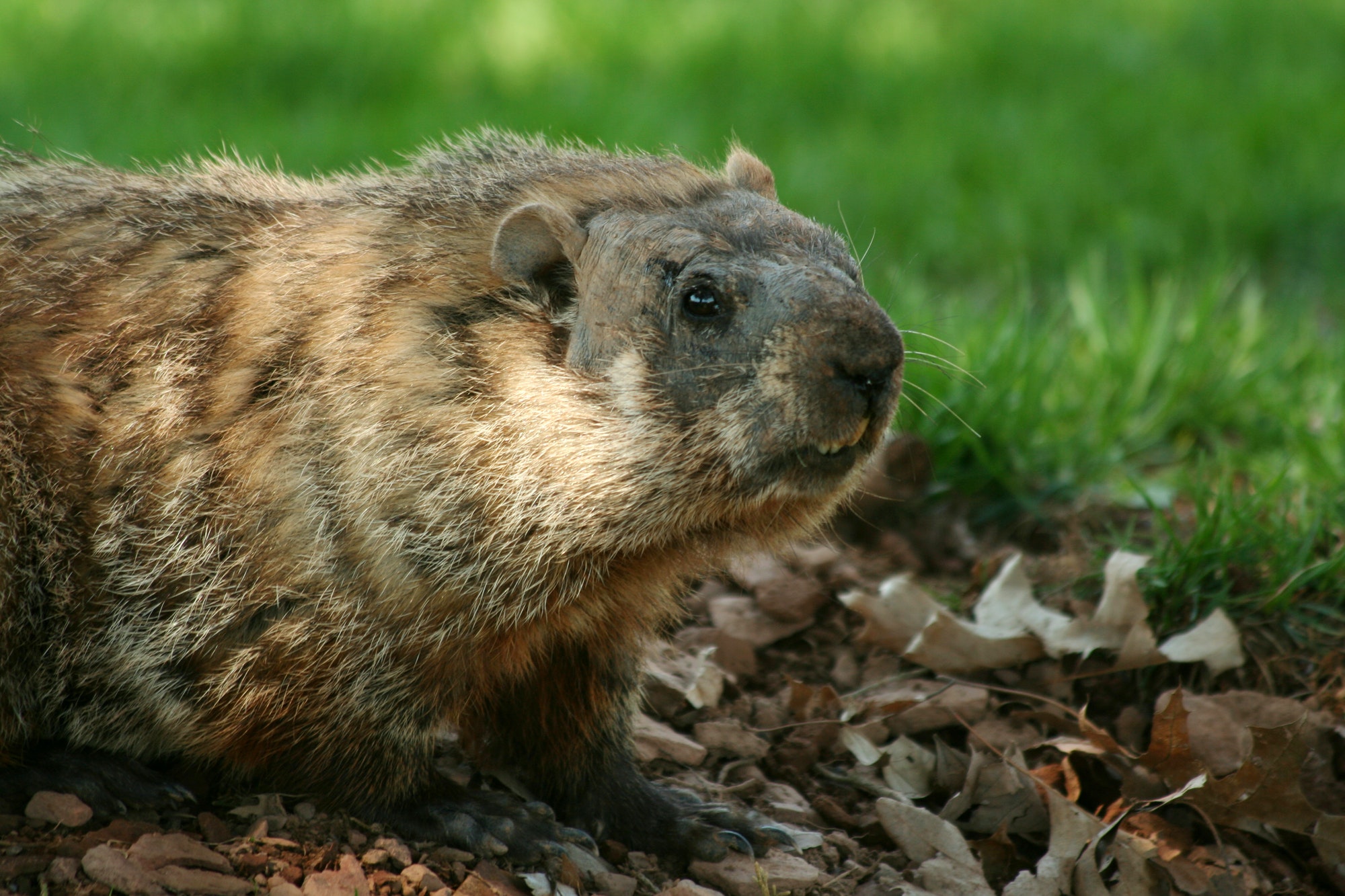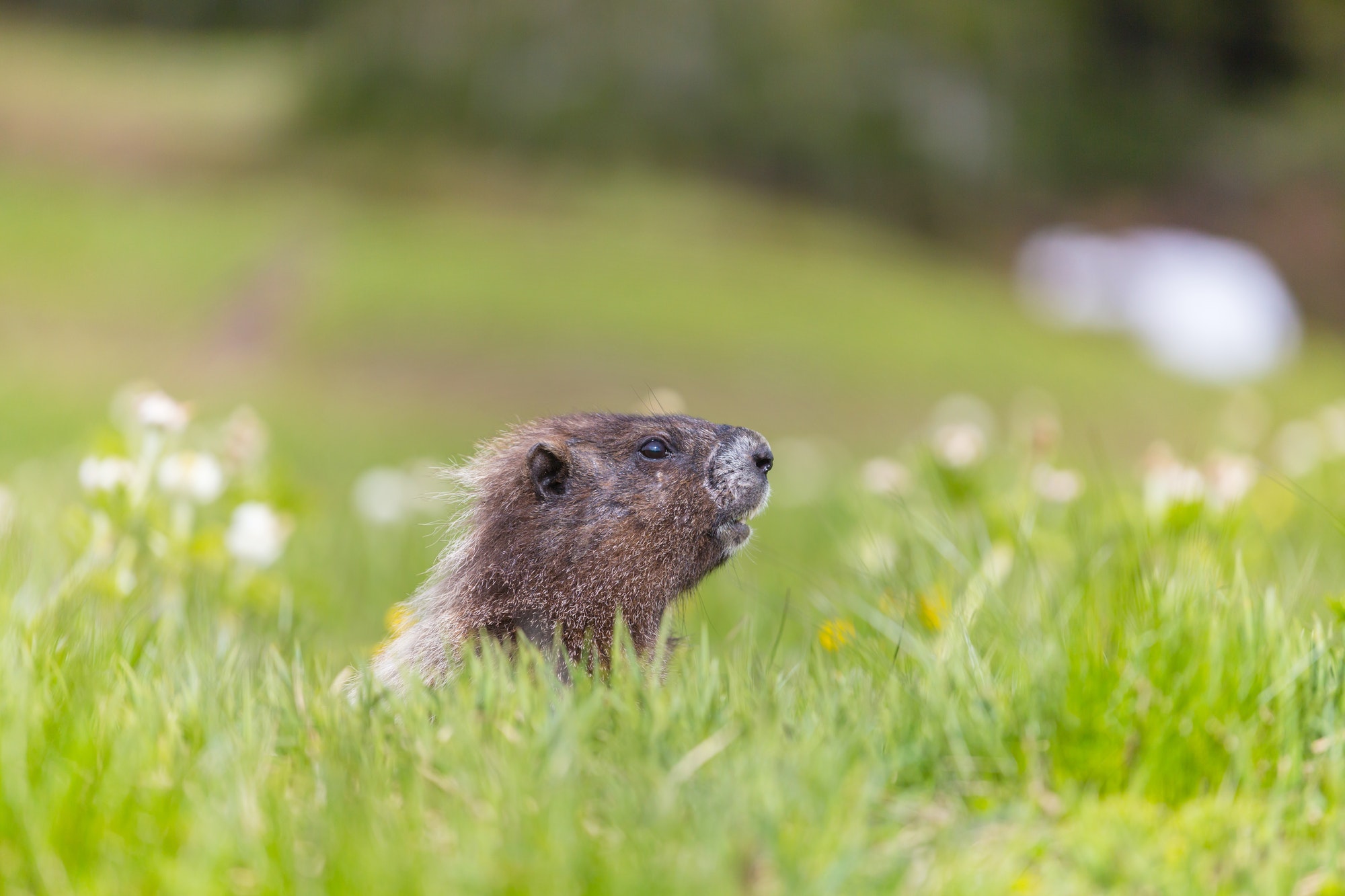What Are Woodchucks?
“We have all heard the tongue twister “how much wood could a woodchuck chuck if a woodchuck could chuck wood?”. I was born on February 2nd, 2003. What bearing to woodchucks does this have you ask? I had no idea until, when deciding what essay topic to choose, I searched up what exactly a woodchuck was. A woodchuck is a groundhog, whose special day just so happens to fall on February 2nd. How fitting. I am related, though somewhat distantly to the famous rhyme! So naturally, I had to pick this topic.
While I am proud to own to the name woodchuck, groundhogs have other, rather unusual names (a little more embarrassing) such as “whistle-pig” and the other, much more boring, “land beaver”. “Whistle-Pig” comes from the high-pitched whistle woodchucks let out upon seeing a predator. This piercing sound can warn other woodchucks of danger. The name woodchuck comes from Native American origins who referred to the creatures as “wuchak”.

In woodchucks’ daily living during the spring and summer, I find another connection to myself. They prefer being alone and spending their days stuffing themselves (they are able to eat about a pound of food at a time) and taking naps in the sunlight. However, during the winter they do hibernate from October to March, putting on weight at the end of summer to prepare. They are some of the only true hibernators, meaning that they actually fall into a deep sleep during the winter.
Woodchucks are actually large squirrels. They weigh an average of 8.6 pounds and can grow to a length of 20 inches. They have short legs (fitting because I too have short legs though I did grow beyond 8.6 pounds). Their muscular legs and long, sharp teeth make them designed for digging through dirt, but not wood.
They earn the label “pest” because they are mostly vegetarians and eat things such as berries, flowers, fresh fruits, and vegetables from a person’s garden. However, they sometimes do eat small bugs such as grasshoppers.

Interestingly, woodchucks do not chuck wood. However, they do “chuck” dirt, which is how they create their homes. In those gardens they terrorize for food, they often dig burrows into the ground. These burrows branch off into different chambers which are dedicated to specific uses. Their homes are evidenced by mounds of dirt located at the main entrance.
Groundhog Day became more widely recognized because of the movie by the same name. However, I have not seen that (I know how could I!) so I cannot attest to its relation to the holiday. The origins of this obscure day are from a Pennsylvania Dutch superstition that says if a groundhog emerges from his burrow after hibernating and sees its shadow, it will go back into its burrow, and winter will continue for 6 more weeks. If it doesn’t see its shadow, spring will arrive early.
I admit that I, like I assume most Americans, do not pay a lot of special attention to the groundhog’s verdict. However, you would be hard-pressed to find someone who has not heard the famous children’s woodchuck tongue twister. And, though I have done a lot of research for this essay, I have not found the answer to the rhyme! Because a woodchuck cannot chuck wood. However, in my estimation, based on how extensive their burrows are, I would say that a woodchuck could chuck a whole lot of wood if a woodchuck could chuck wood.








